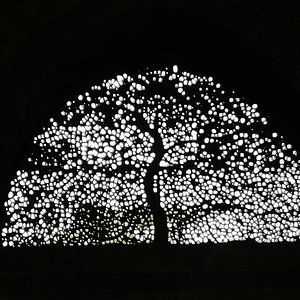Siddi Sayyed stone carving, Ahmedabad

Ahmed Shah was the Sultan of Gujarat in the fifteenth century. The city of Ahmedabad was founded by Ahmed Shah, who is credited with turning it into a significant hub for trade and business. Along with these significant structures, he also constructed the Siddi Sayyed Mosque, a structure renowned for its beautiful stone carvings. During his reign, which lasted from 1411 to 1442, Ahmed Shah increased the Gujarat Sultanate's territory and its military and economic might. He is regarded as one of Gujarat's most significant kings in the state's history.
In Ahmedabad, Gujarat, India, there is a mosque from the 15th century called Siddi Sayyed Mosque. The mosque's entryway has a well-known jali (stone latticework screen), one of its notable ornate stone sculptures. A slave of Sultan Ahmed Shah, who built the mosque, is said to have carved the jali. The jali is thought to have been made by the slave, Siddi Sayyed, who is reported to have been a talented stoneworker who did it as a symbol of his love to the Sultan.
A slave named Siddi Sayyed is thought to have been a specialist in masonry. His most famous work is the elaborate jali, or stone latticework screen, that is seen at the Siddi Sayyed Mosque entrance in Ahmedabad, Gujarat, India. Sultan Ahmed Shah constructed the mosque in the 15th century, and Siddi Sayyed is credited with carving the jali as a token of his adoration for the Sultan. Siddi Sayyed's life and origins are not well known, but thanks to his efforts at the Siddi Sayyed Mosque, he has become a well-known figure in Ahmedabad's past history.
